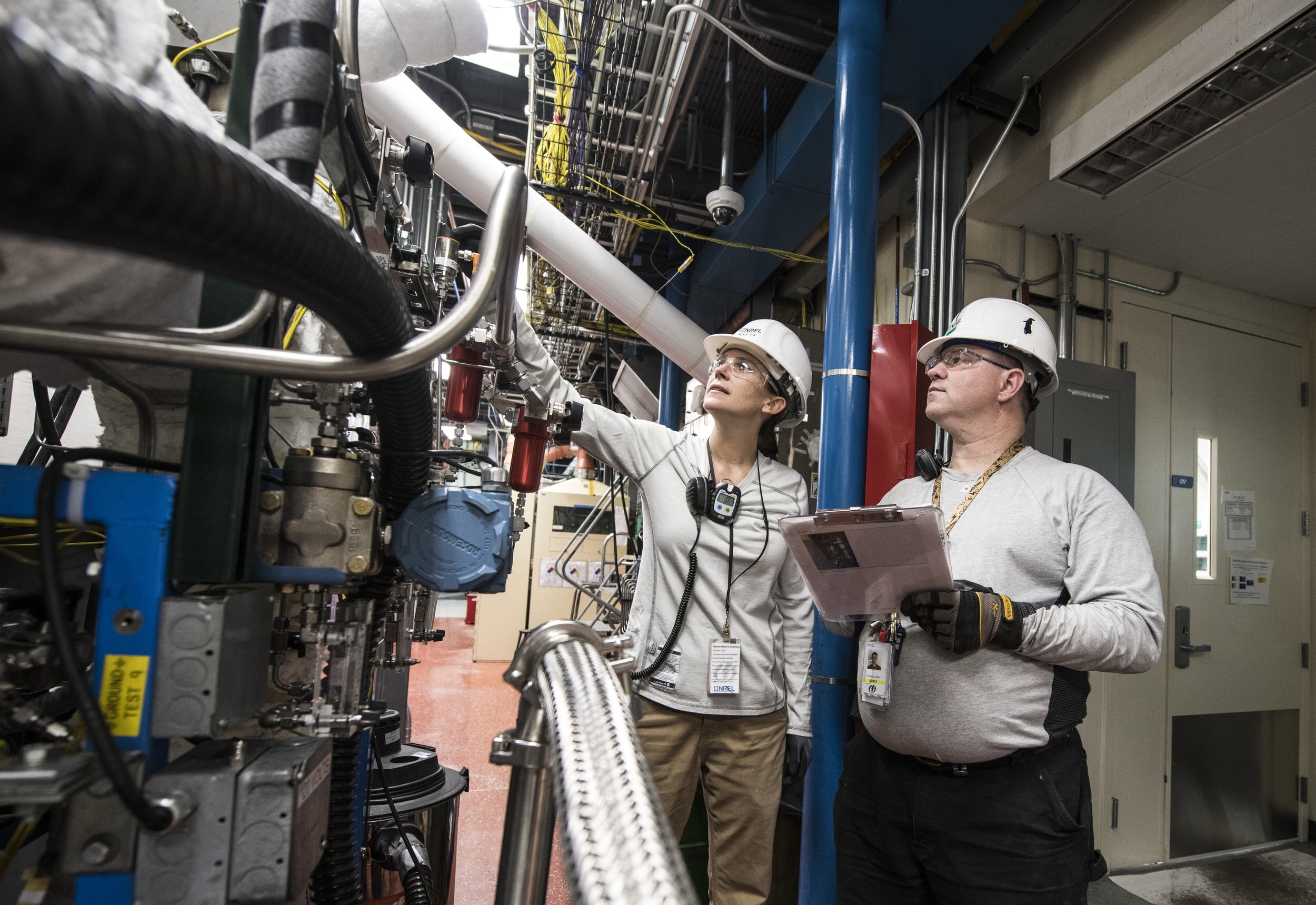
Industry Insights

Workplace Accidents: Situational or Systemic?
In the workplace, EHS teams aim to improve safety outcomes and decrease the likelihood of workplace accidents. In some organizations, these efforts focus on the individual, citing the specific situation as the cause of an incident. However, although accidents are relatively rare, near misses are much less so. The absence of an accident does not always indicate an absence of risk. When you combine both near misses and accidents, similarities can be found, and more systemic causes can be identified.

The Risk of Perceived Risk - Part 2: Perceived Risk and Workplace Safety
Perceived risk can be highly inaccurate, as it is influenced by factors such as risk tolerance and risk normalisation. This inaccuracy of perceived risk can have huge trickle-down effects on workplace safety: from which risks are seen by management as a hazard, to likelihood of following safety procedures among workers.

The Risk of Perceived Risk - Part 1: What is Perceived Risk?
All jobs involve hazards and risks. In acknowledging the presence of risk, we establish the need for safety. This is why safety plans are required for all organizations and roles. One big question, however, is how does our perception of risk influence safety and the effectiveness of safety procedures?

Feedback Loops and Organizational Safety: How to Effectively Promote New Safety Habits in the Workplace
When it comes to rolling out new safety processes or implementing existing ones, getting uptake from workers can be challenging. In some cases, they may be purposefully resistant. In others, they may just be unconsciously following a habit. In the case of the second scenario, there is a process of unlearning and relearning that has to take place before this unsafe habit is replaced with a new, safer habit.
